The life of Longbridge: A transition from boom to bust
- Published
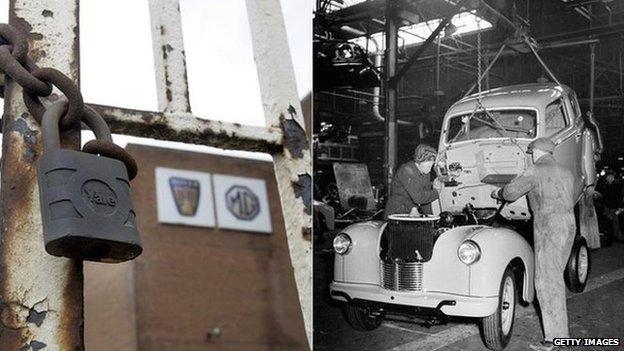
Factory workers (right) construct an Austin A40 car in 1948, destined for export to America
Ten years ago mass car production at Longbridge plant in Birmingham came to an end. Before that though the factory, which Herbert Austin set up in 1906, survived World Wars One and Two.
It also fought off post-war economic depression and the emergence of the motor industry abroad. It also recovered from strike action, mergers and take-overs and drops in its share value.
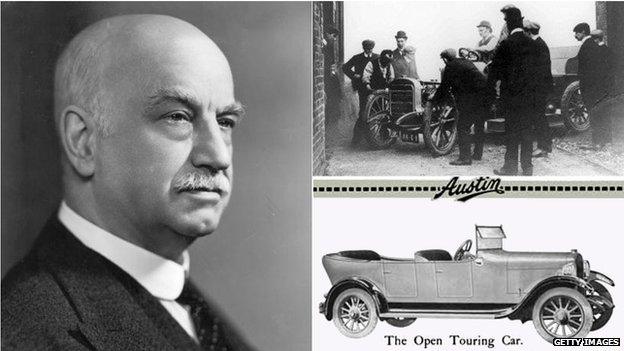
Sir Herbert Austin, First Baron Austin of Longbridge, in his first car (top right). His popular touring car (bottom left) featured at the Olympia Motor Show in 1919
Herbert Austin resigned from his job at car-maker Wolseley in 1905, in order to set up his own firm - the Austin Motor Company.
He had already found a site he wanted for his factory, and in 1906 he bought buildings and land at Longbridge.
He sold 23 cars that year, with a turnover of £4,772.

The Austin Motor Company survived the post-WW1 and WW2 years, despite a sharp drop in share value

Also in 1906
The Rolls-Royce company was formed
The Bakerloo line opened
The Ritz Hotel opened


The body of a 10hp Austin car is lowered onto its chassis, in 1945. During WW2 the company also made helmets, ammunition and jerry cans
In 1908, Austin, along with Frank Kayser of Kayser, Ellison and Company, and Harvey du Cros of the Dunlop Rubber Company formed a private limited liability company. Turnover shot up to £19,744 and 254 cars sold.
At the time, other manufacturers were making six-cylinder engines. Determined to stay with the competition, Austin added two cylinders to his 40hp model.
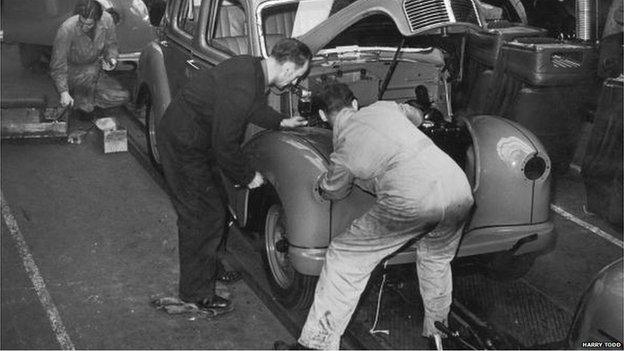
Some of Austin A40 models on the production line in 1947 were left-hand drive versions to cater for the North American market

Also in 1908
London hosts the Olympic Games for the first time
Winston Churchill married
Wind in the Willows was published

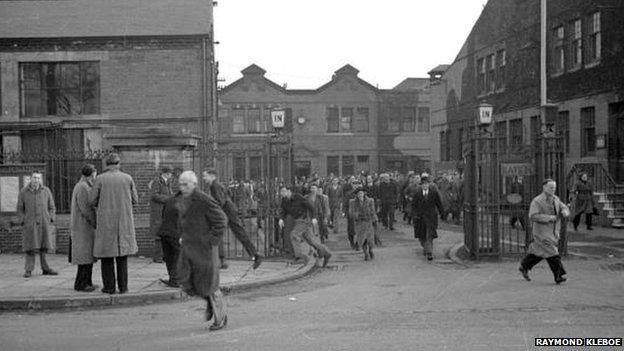
The number of workers at Longbridge in World War Two surged to more than 22,000. Austin built accommodation for employees who had trouble travelling to the plant
A smaller, cheaper car went into production in 1909 - the Austin 15. It was unusual in that the driver sat centrally and above the engine. The 15 continued in production until 1919.
By 1910, nearly 1,000 workers were employed at Longbridge and a night shift was introduced.

Workers were paid good wages and came from across the country

Also in 1910
Dr Hawley Crippen convicted of poisoning his wife and sentenced to death
King Edward VII died, King George V acceded to the throne
Portugal was declared a republic

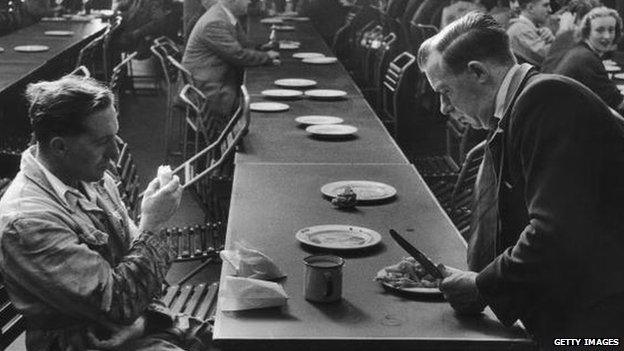
Employees in the Austin Motor Works canteen at Longbridge
The advent of World War One saw the company produce munitions, including 8 million shells, 2,000 aircraft and 2,000 trucks and lorries.
The factory expanded and to accommodate workers, Austin established a village for his employees - bungalows with at least seven bedrooms and houses with 12, which were used dormitory-style.
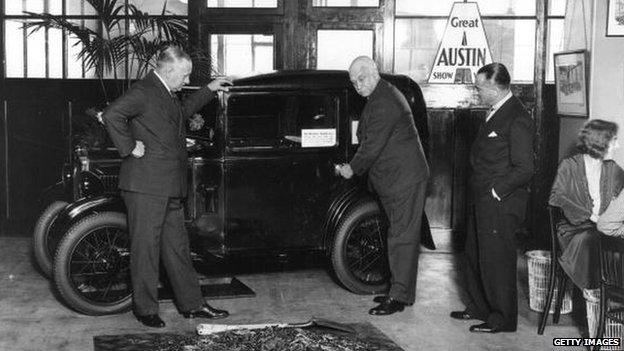
Sir Herbert Austin locks an Austin 7 before shuffling the key with other keys in a pile on the floor. The person who picked out the right key won the car

Also in 1914
The Panama Canal officially opened
The British premiere of George Bernard Shaw's Pygmalion was staged
The Battle of Mons took place, one of the first confrontations of of WW1

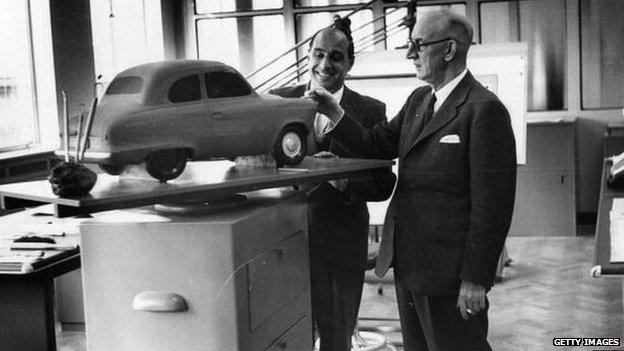
Austin Chairman L P Lord (right) and stylist R Burzi inspect the model of the latest Austin Seven
Accounts for 1920-21 showed the company suffered in the post-war years. Austin's ordinary shares plunged in value. In an attempt at recovery, the Austin 7 was created.
The new model was exhibited at the 1922 Olympia Motor Show. With a price of £25, many more people were able to afford to buy a car. The factory expanded in 1926 to cover 62 acres.

Also in 1922
Good Housekeeping magazine was first published
Wimbledon tennis grounds opened
Poet Philip Larkin was born

In 1936, Sir Herbert Austin was elevated to the peerage, taking the title of Lord Austin of Longbridge. He died in 1941.
World War Two saw the plant produce more than half a million jerry cans and helmets, as well as suspension units for tanks.

Also in 1941
Novelist Virginia Woolf took her own life
Japan and Britain declare war on each other
Sir Bobby Moore was born

Austin and Morris (Nuffield) Motors merged to form the British Motor Corporation in 1952.
The brainchild of car designer Sir Alec Issigonis, the Morris Mini Minor seized the imagination of the public.
In 1968, the British Motor Company was taken over by Leyland to become the British Leyland Motor Company.

Also in 1968
Martin Luther King was assassinated
Two-tier postage rates were introduced in the UK
Children's writer Enid Blyton died

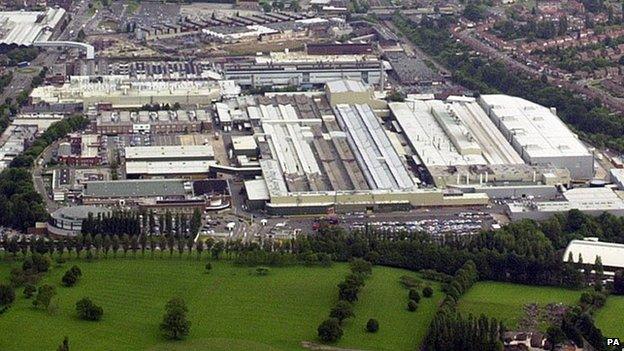
The Longbridge site once covered 400 acres
The Austin Allegro, with its square steering wheel, was launched in 1971. It became popular despite problems including the fact the boot lid was too small for the boot aperture and windscreens would pop out.
Launched in 1980, the Mini Metro brought the restoration of the Austin name to a British Leyland car.

Also in 1980
Film director Alfred Hitchcock died
Seb Coe, Alan Wells and Steve Ovett win Olympic gold medals
Then Prime Minister Margaret Thatcher declares "the lady is not for turning", over economic policies
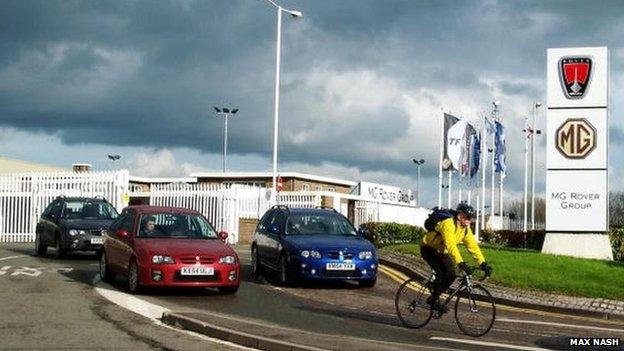
Staff leave the MG Rover plant in Longbridge after hopes of restarting an engine production line collapsed
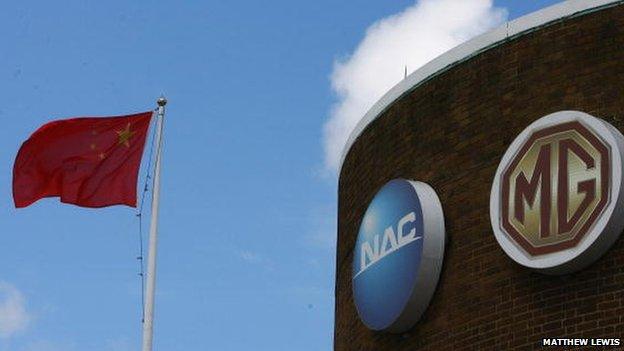
In 2007 Nanjing Automobile Corporation opened a new car production line after the last British-owned mass-production car manufacturer went into receivership
In 1986, Austin Rover became known as the Rover Group and the car lost its Austin badge in 1987. The Rover Metro became the Rover 100, which it remained until it ceased production in 1997.
The Rover Group was sold to British Aerospace in 1988, to BMW in 1994, and to the Phoenix Consortium in 2000.
The new company went into administration in 2005. It was announced 6,000 people would be made redundant.
Eventually bought by China's largest vehicle manufacturer, SAIC, a 60-acre site now employs about 400 people, where cars built in China are assembled.
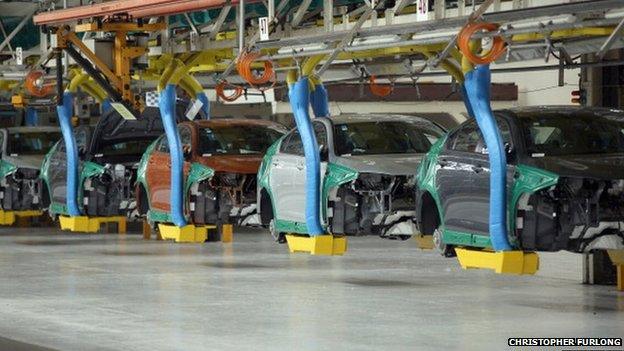
The new MG6 sports fastback began production in 2011. It is part built in China, but the engine, electrics, testing and assembly takes place in Longbridge
Anniversaries source: BBC Archives
- Published23 October 2014
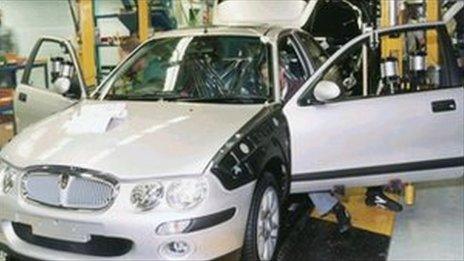
- Published28 July 2013

- Published28 August 2013
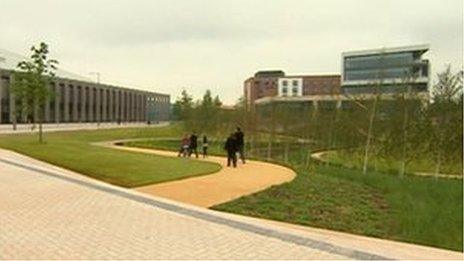
- Published18 January 2012
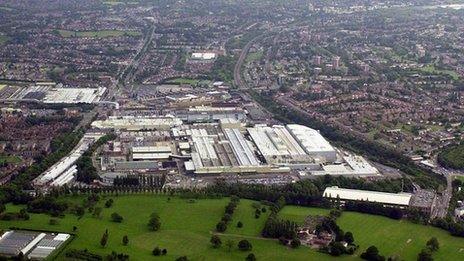
- Published7 February 2011
- Published13 April 2011
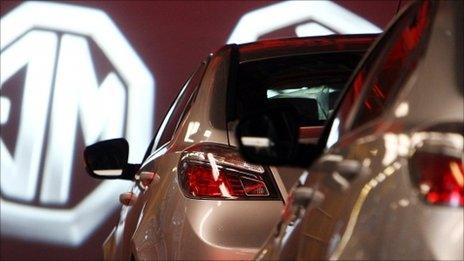
- Published13 April 2011
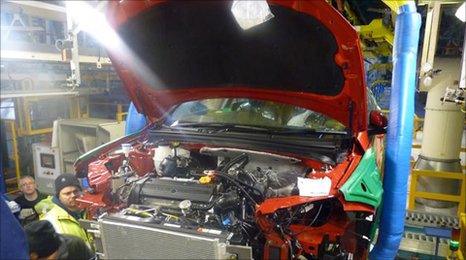
- Published21 September 2010